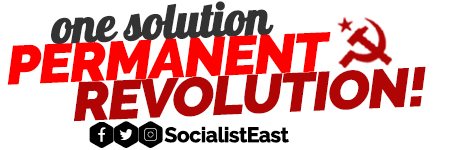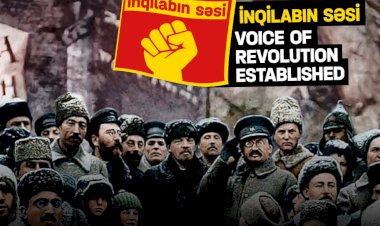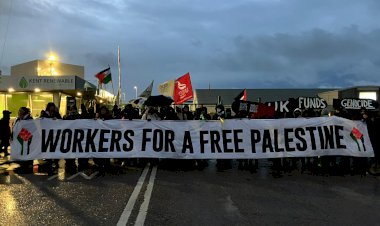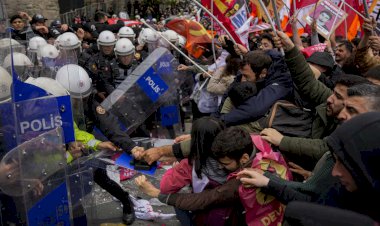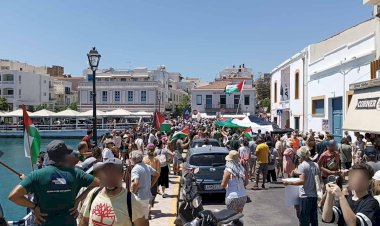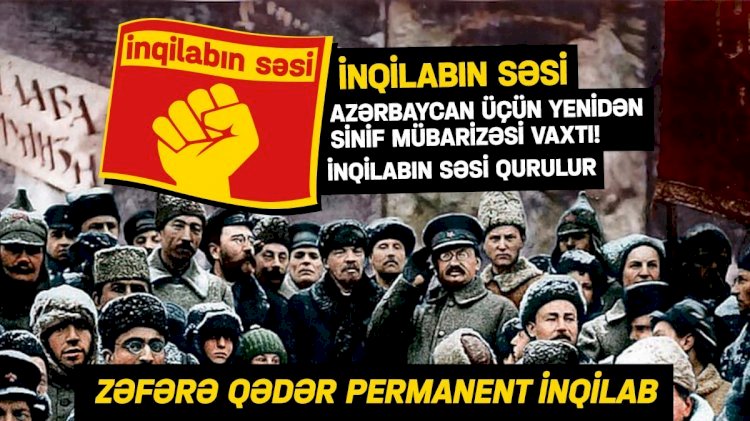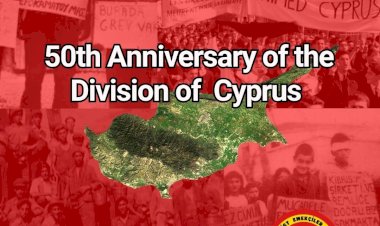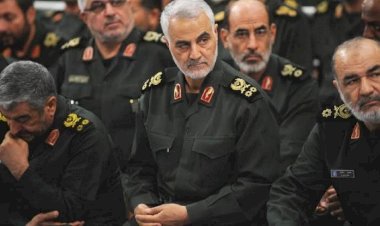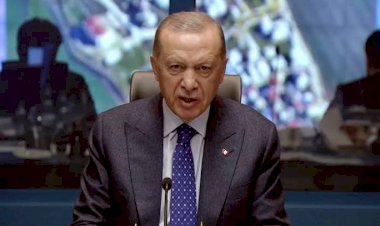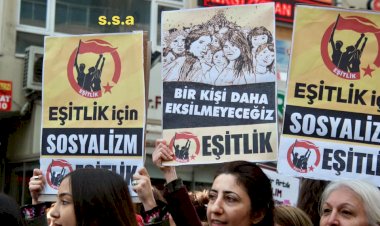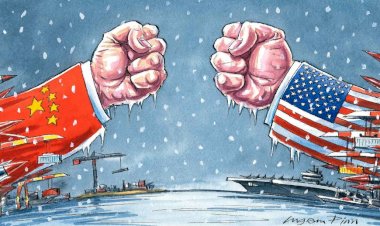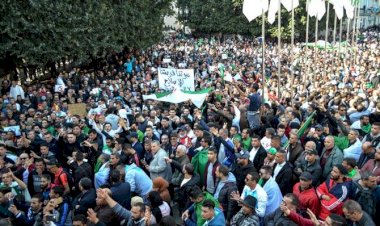Trump Escalates Aggression Against Venezuela
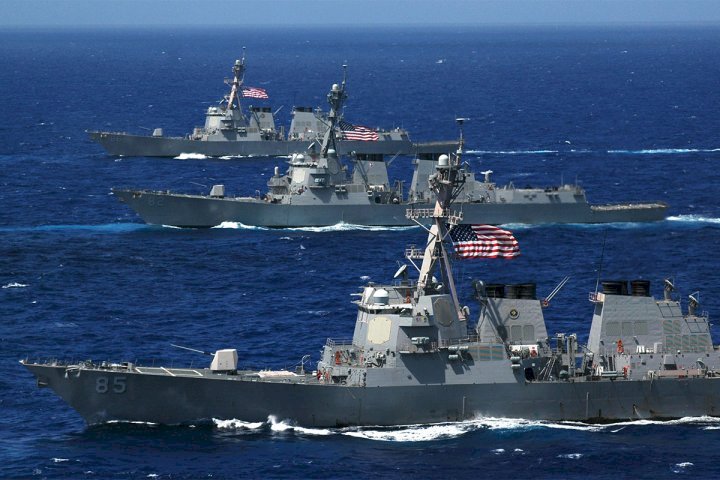
The United States is steadily intensifying its military buildup off the coast of Venezuela. This escalation is no longer limited to rhetoric. Washington has deployed ten stealth fighter jets to Puerto Rico to support potential operations in the region, while U.S. sailors and marines carried out amphibious landing exercises there on September 6. These maneuvers have fueled speculation that the administration may be preparing for a regime change operation against Venezuela.
As part of the operation—officially framed as a response to threats posed by Latin American drug cartels—the U.S. Navy has deployed three additional Aegis guided missile destroyers to Venezuelan waters. They are joined by at least 4,000 troops, including 2,200 marines, P-8 Poseidon reconnaissance aircraft, and a submarine, forming a formidable amphibious strike force.
In the latest action, U.S. officials reported that eleven people were killed in the destruction of a boat allegedly carrying members of the Tren de Aragua cartel. The Navy continues targeting vessels it claims are involved in drug trafficking. Yet at the center of Washington’s priorities is none other than Venezuelan President Nicolás Maduro himself. Since March 26, 2020, the U.S. has accused Maduro of being an international drug trafficker. Initially offering a $15 million reward for his capture, Washington raised the bounty to $50 million in August 2025—a figure so high it could tempt even members of Maduro’s inner circle. The possibility of Maduro being trapped in Venezuelan waters cannot be excluded.
President Trump has long complained that Latin America has been neglected by Washington and is now ushering in an aggressive period aimed at curbing China’s expanding influence in the region. Following a sharp dispute over the Panama Canal, Beijing appears to have been sidelined. Similarly, the tariff conflict with BRICS member Brazil, along with the imprisonment and exclusion of Jair Bolsonaro from the election process, highlight the rising geopolitical tensions.
Venezuela, meanwhile, has long been subjected to U.S. hostility. The Bolibourgeoisie's corrupted Maduro regime has been driven to the brink of collapse by hyperinflation and authoritarian repression of worker dissent, eroding its already fragile social legitimacy. This was evident when Democrats backed a coup attempt that ultimately failed, leaving the country exposed to imperialist intervention. Venezuelans, caught between deep dissatisfaction with the regime and a profound rejection of U.S. imperialism, now face an especially precarious situation. Maduro is attempting to rally the population by calling for mass militia mobilization, but whether such a corrupt government can effectively organize resistance against imperialist aggression remains doubtful.
While Maduro’s policies have at times opened doors for U.S. access to Venezuela’s vast oil reserves, decades of hostility have limited Washington’s economic and political leverage compared to other parts of Latin America. Trump has made clear that he is willing to use military force to close this gap.
Given Trump’s unpredictable nature, a direct military intervention in Venezuela cannot be ruled out. Maduro’s domestic support is extremely weak, but it remains uncertain how Venezuelans would respond to foreign intervention. In response to U.S. threats, Maduro has announced the mobilization of 4.5 million militia members. At the same time, Trump is working systematically to undermine social democratic leaders across the region—including Lula in Brazil, Petro in Colombia, and Sheinbaum in Mexico. An imperialist intervention in Venezuela could therefore trigger major turmoil throughout Latin America.
Hands off Venezuela!
Hands off Latin America!
